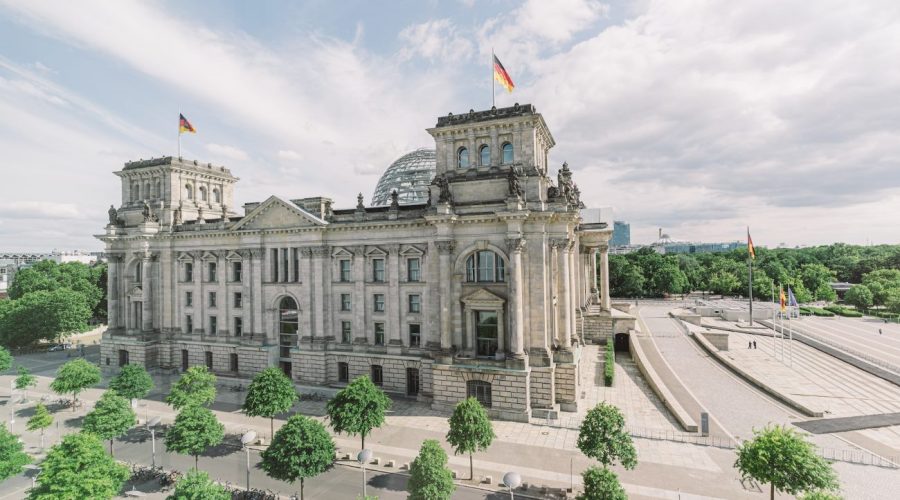The Fascinating History of London Bridge
Introduction
He has a remarkably enriched history behind it, spanning the over 2,000 years that London Bridge has been, a major aspect of London landmark. This framework has gone thru several versions, faced a loss and also preceded, and viewed several important occasions within London’s background. Today, in this article, will be the main stages of the history of London Bridge, revealing its breathtaking story.
Ancient Roots
It is the first recorded bridge on the London Bridge site made by the Romans in AD 50 as a way to connect Londinium (the Roman title given to London) to the rest of Britannia. Built primarily of docking timber, it represented a crucial passage route of trade and solidified London as prominent center of trade, commerce.
Over the centuries, a succession of wooden bridges were built and burned down by fire, decay or violence brought about by warfare or natural events. It soon became clear that a more lasting, more permanent building was required.
The Iconic Medieval Bridge
It was only in the late 12th century that a grand stone bridge was built to supplant two earlier wooden bridges. This medieval bridge,20-arch span and now storied buildings are level of its height into one of the symbols of London. Once a multitude of shops, houses, and even a church stood on the bridge, and made it lively and lively place.
Extending over virtually five hundred years, this medieval bridge has been subject to several repairs and reconstruction jobs. It has prospered as a crucial crossing in the River Thames, with expanding London as a thriving town as a result.
The Modernizations and Relocation
By the 18th century, the medieval bridge was no longer able to deal with growing traffic of London. The demolition was carried out to make way for a new bridge that was required. Work on a 1831 designed John Rennie granite bridge had started. This new building, called “New” London Bridge was first opened to the public in 1831.
However due to its immense weight and the current style of new bridge it was against that, there was controversy the new bridge. It was considered wanting in the charm and character of the medieval bridge it had superseded. Although there wasn’t, “New” London Bridge functioned as the crucial communication passage between City of London and the sprouting district of Southwark.
In 1967, after more than a century of build service, ” New ” London Bridge was dismounte and rebuild it in Lake Havasu City, Arizona, EE.UU. This re-allocation enabled the building of the present London Bridge, that we know today, which was finished in 1972.
The Present-Day London Bridge
The modern-day London Bridge is one of contemporary engineering made up by architect Lord Holford, presenting a clean and efficient design that focused on efficiency and safety. The present bridge is of concrete and steel construction, supplying one of the five arches over River Thames.
London Bridge doubles as a key transportation hub, offering a connection to the financial district of the City of London to that part of Southwark and beyond. It provides safe, well-used pedestrians, cyclists and vehicles crossing point to enhance the ongoing growth of London.
Conclusion
The history of London Bridge is one of growth, resilience, and adaptability of a thriving city – that of London. From its origins as a wooden Roman crossing to the structure we see today, London Bridge has been through much in the way of life and major historical events playing a pivotal part in the changing fortunes of the city and its make-up.
The next time you walk across the River Thames over London Bridge, spare a moment to appreciate its incredible history and the centuries of history it stands for.
Table of Contents



